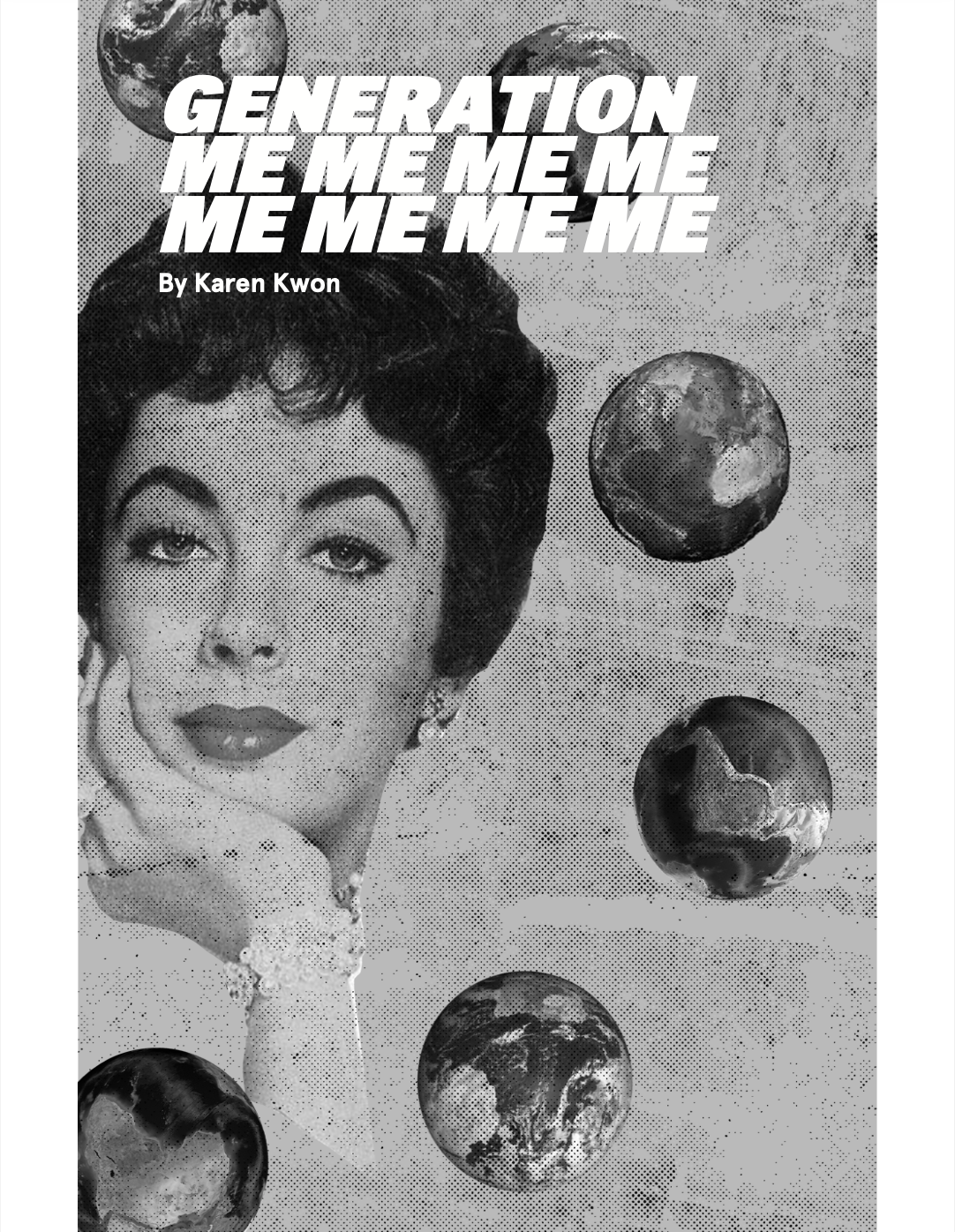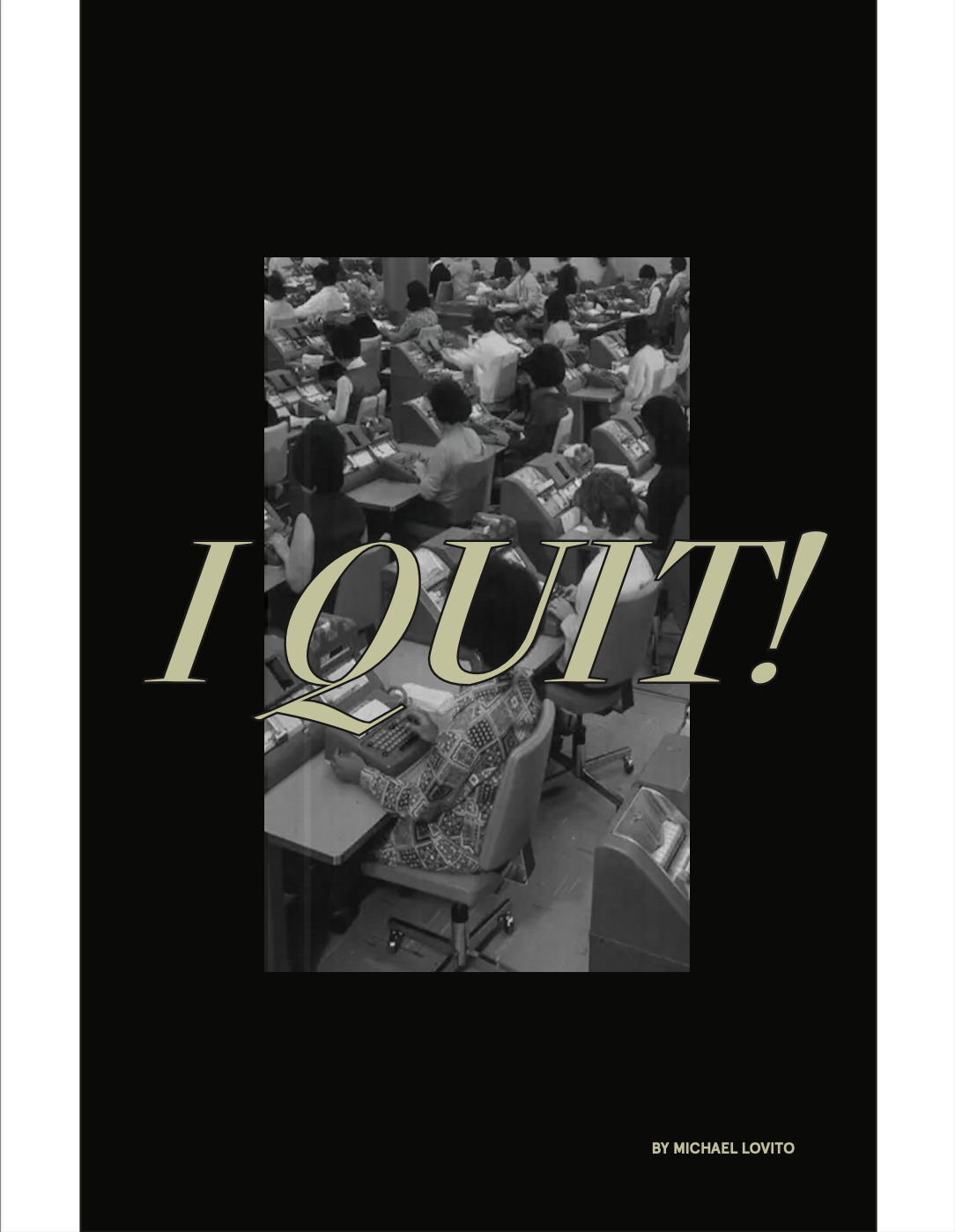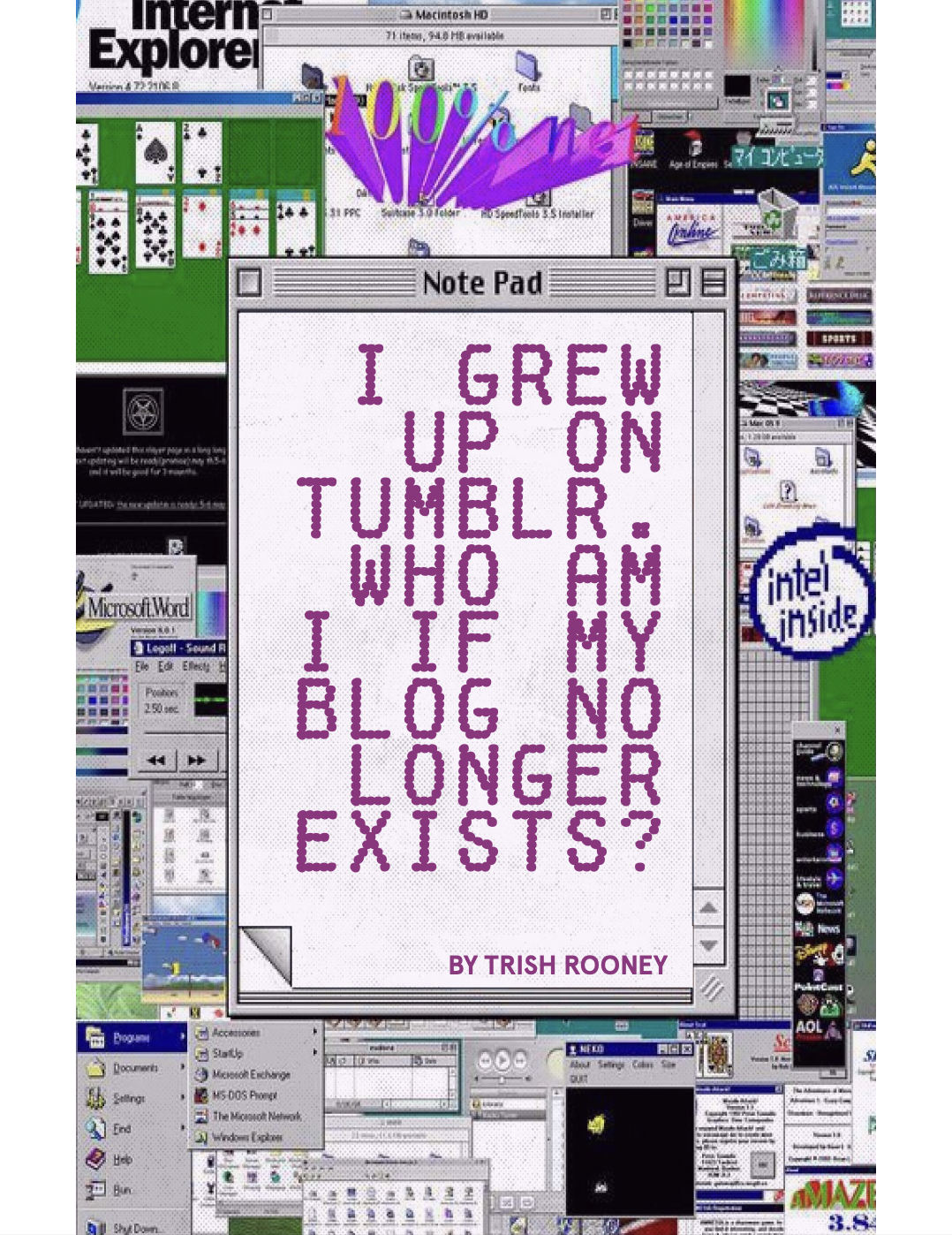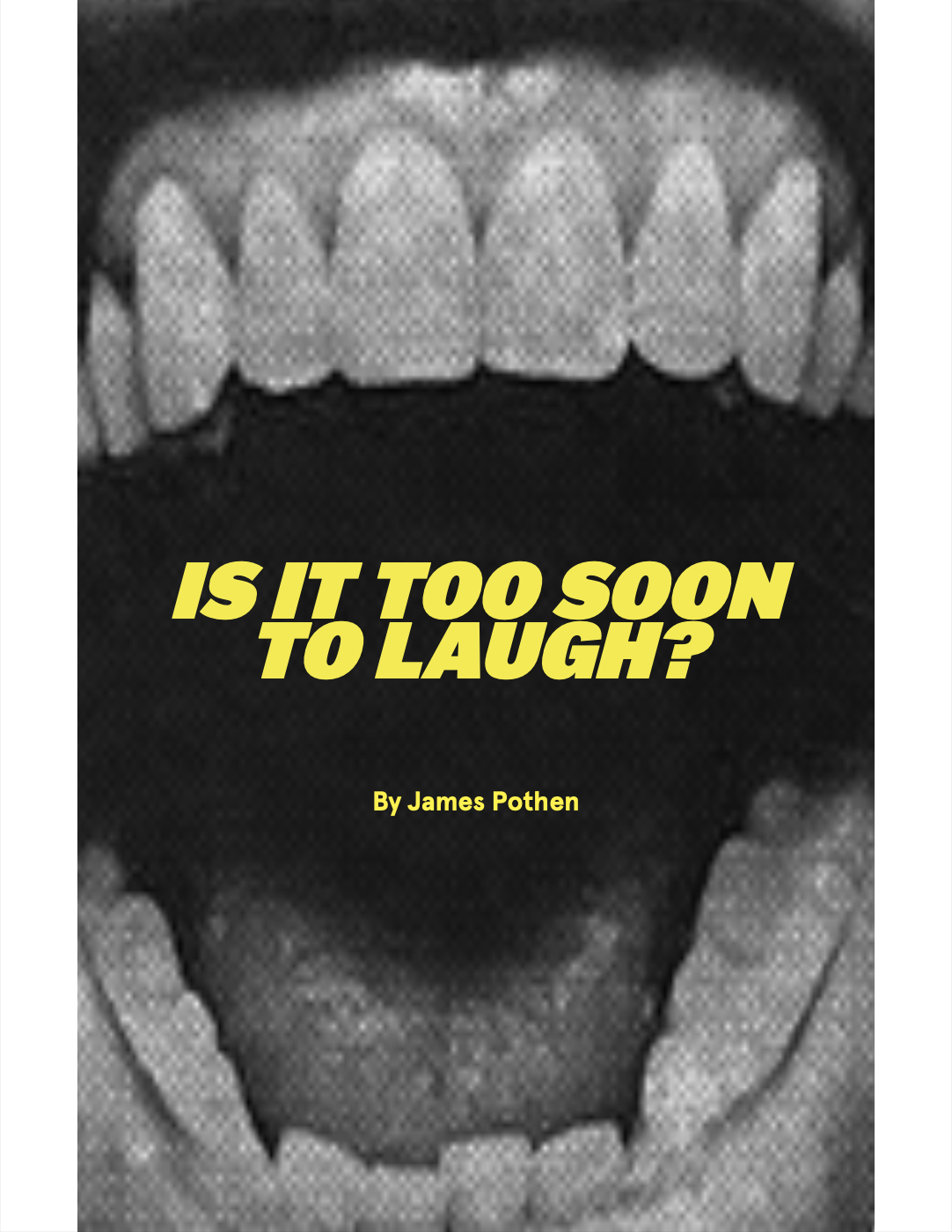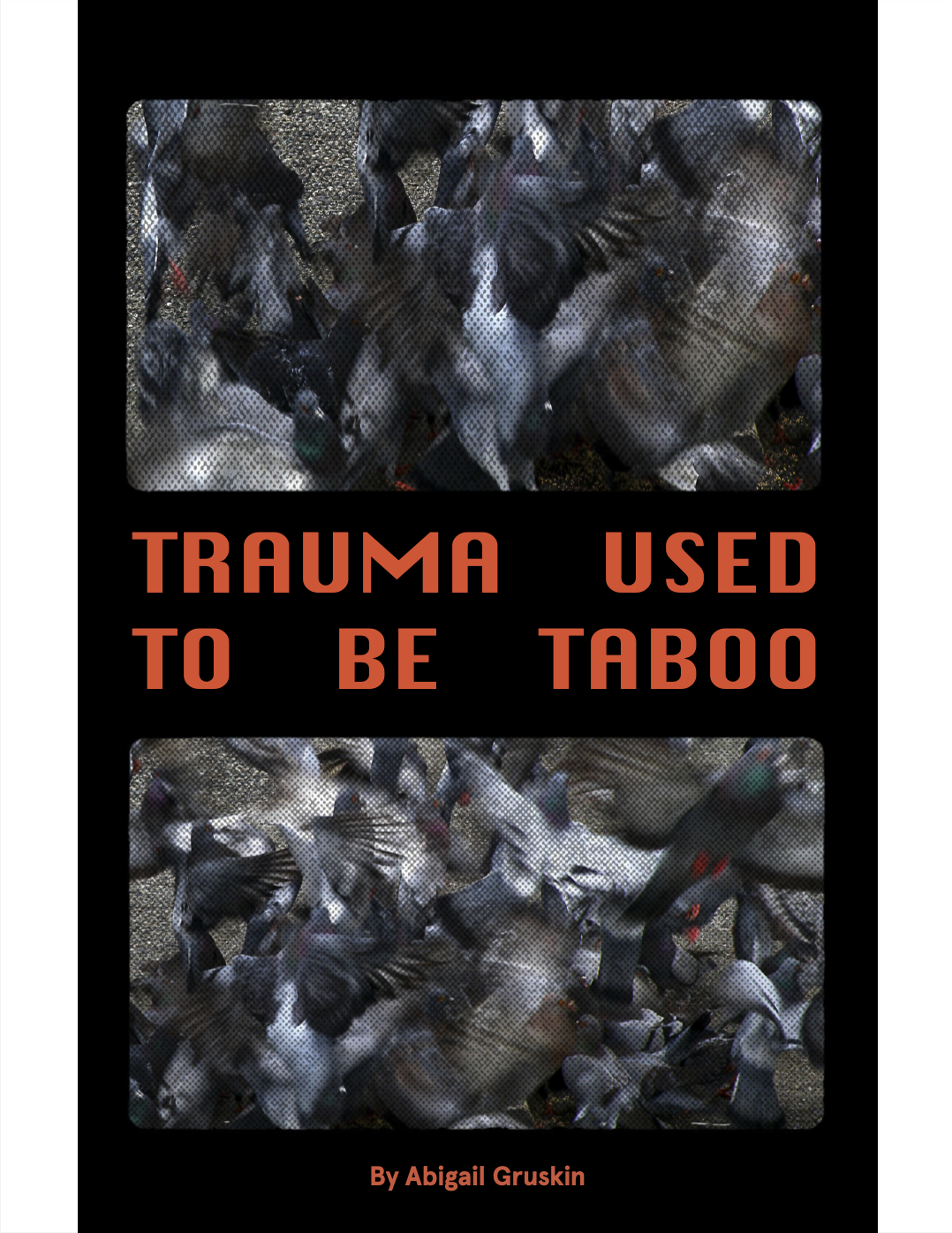Jessica Bennett
Journalist & Author
Editing, Producing, Etc.
Being 13
The New York Times
Project Editor & Writer
In this special section, we wanted to put a face to the alarming headlines about teens and social media. And to understand one tension: What happens when girls’ self-confidence, which drops right around age 13, intersects with the thing that seems to be obviously contributing to their struggle?
See the project
Download the print section
Read the lesson plan
Listen to the Spotify playlist
The Primal Scream
The New York Times
Project Editor & Writer
The pandemic exposed “balance” for the lie that it is. Now, a generation of mothers is teetering on the edge. In this special section, we documented three mothers over six months as they navigated work and parenting, talked to experts about how to fix the problem, and reframed the concept of burnout. We also created a Primal Scream Hotline, where parents could call in and let it out.
See the project
Read the feature story
Download the print section
In Retrospect
A podcast from iHeart Radio
Executive Producer & Co-Host
We are living in a time in which history and culture are being reevaluated from all angles. But what about the smaller, more insidious moments that shaped us: A scene in a TV show, a song lyric, a tabloid photo? IN RETROSPECT, a Signal-award winning podcast from iHeartRadio, revisits pop culture and tabloid moments from the 80s and 90s to try to understand what they taught us about the world, and a woman’s place in it. Cohosted and created with my pal, Susie Banikarim. A few fave eps:
Hot for Teacher: Dawson Creek’s Weird ‘Romance’ (P1, P2)
Amy Fisher Becomes the ‘Long Island Lolita’ (P1, P2)
How Robin Givens Became ‘The Most Hated Woman in America’ (P1, P2)
Pamela Anderson and That Red Swimsuit (listen)
How the ‘Golden Girls’ Spawned an Enduring Lesbian Joke (P1, P2)
The Rise and Fall of the First Black Miss America (P1, P2)
When Newsweek Struck Terror in the Hearts of Single Women Everywhere (listen)
This Is 18
The New York Times
Project Editor & Writer
What does life look like for girls turning 18 around the world? We gave young women photographers an assignment: Show us 18 in your community. The result was a digital zine, a print special section, a traveling international exhibit and a book from Abrams.
Overlooked
The New York Times
Project Editor & Writer
Since 1851, obituaries in The New York Times have been dominated by white men. Overlooked is a project to write the obituaries for the women who never got them, but should have. Women like Diane Arbus, the photographer, and Ida B. Wells, the journalist, as well as the novelist Charlotte Bronte.
The project became a major ad campaign, a regular column in the newspaper, was expanded to include men of color, and is being developed into a scripted anthology for Netflix.
Out of Office
The New York Times
Co-Editor
Yellowed newspapers. A mouse who met its end on a glue trap. Wilted plants. These were the scenes at three New York offices in the long summer of 2020. So what does the future hold for the office and the workers who once inhabited it? We went inside.
The Working Woman’s Handbook
The New York Times
Editor
No, women shouldn’t need a handbook. But the workplace still isn’t equal. Here’s how to dodge the landmines, fight bias and not burn out in the process.
45 Stories of Sex and Consent on Campus
The New York Times
Co-Editor
In 2018, as stories of sexual misconduct dominated the news, a debate erupted over a particular kind of encounter: one that may not be entirely consensual, but does not necessarily fit the definition of sexual assault, either.
We asked college students around the world to share their stories of navigating that murky area of sexual consent. Published in partnership with Modern Love.
Zeitgeist: The Zine
NYU Graduate School of Journalism
Editor (& Professor!)
I built and teach a journalism course at the Arthur L. Carter Graduate School of Journalism at NYU called “Reporting the Zeitgeist.” It’s about covering the way we live now, and at the end of each semester, we produce a class zine, reported and designed entirely by the students. This is the zine from 2021.
‘Rites of Passage’ Column
The New York Times
Co-Editor
A personal essay column exploring notable life events, big and small, published in the Style section of The Times from 2017-2020. A few favorites:
I’m in My 40s, Childfree and Happy. Why Won’t Anyone Believe Me?
My Voice Got Deeper. Suddenly, People Listened.
It’s Called a Butterfly Party and You’re Invited
Alone in a Pandemic
The New York Times
Co-Editor
More people live alone now than at any other time in history — a seismic shift from even a half-century ago, fueled largely by women’s economic rise. Being alone and being lonely are not the same thing, of course, and many people who live by themselves spend little time alone. Until, perhaps, a pandemic hits.
Listen to the podcast
Check out the companion piece, Together
Where She Stood
A Walking Tour of NY Women’s History
Times Journeys
Creator & Host
Researchers estimate that women’s stories make up just 0.5 percent of recorded history. When it comes to public monuments they are largely invisible — absent from landmarks, statues and street names.
In this guided walking tour, launched in late 2019, participants visited spots where unruly, radical and trailblazing women left their marks on New York City.
The Lean In Collection
Getty Images
Creator & Curator
Launched in 2015, this partnership between Getty Images & LeanIn.org, the nonprofit founded by Sheryl Sandberg, aimed to change the depiction of women in stock photography. With tens of thousands of images, curated monthly, the idea was to put women in the foreground not the background; to break down stereotypes and to diversify imagery by gender, race, body and ability. The project won the 2016 Infinity Award from the International Center of Photography.
Cosmo Careers
Cosmopolitan
Contributing Editor
From 2013-2016, this twice-annual section of Cosmopolitan, under the editorship of Joanna Coles, was devoted to women and work. Topics included equal pay, negotiation, women in STEM and more.
Tumblr Storyboard
Executive Editor
With my pal and former Gawker editor Chris Mohney, I was the cofounder and editor of a storytelling initiative to produce original journalism out of Tumblr HQ — essentially, covering the world of Tumblr as if it were a city of 6 million. (Here was how The New York Times described it.)
In our short-lived little endeavor, before Tumblr was sold to Yahoo and we all got canned, we partnered with MTV News, Time, WNYC and the BBC, and won New York Press Club and James Beard Awards for our storytelling and documentary shorts. We brought 12 bloggers to the 2012 DNC and RNC; hosted the first-ever live-GIFed presidential debate (w/ The Guardian); and partnered with Mother Jones on the “Letters to Newtown” project after the massacre at Sandy Hook.
Sadly, the website no longer exists, but I will leave you with this docu-short we made about One Direction Superfans and a link to how I explained the job to my parents.








